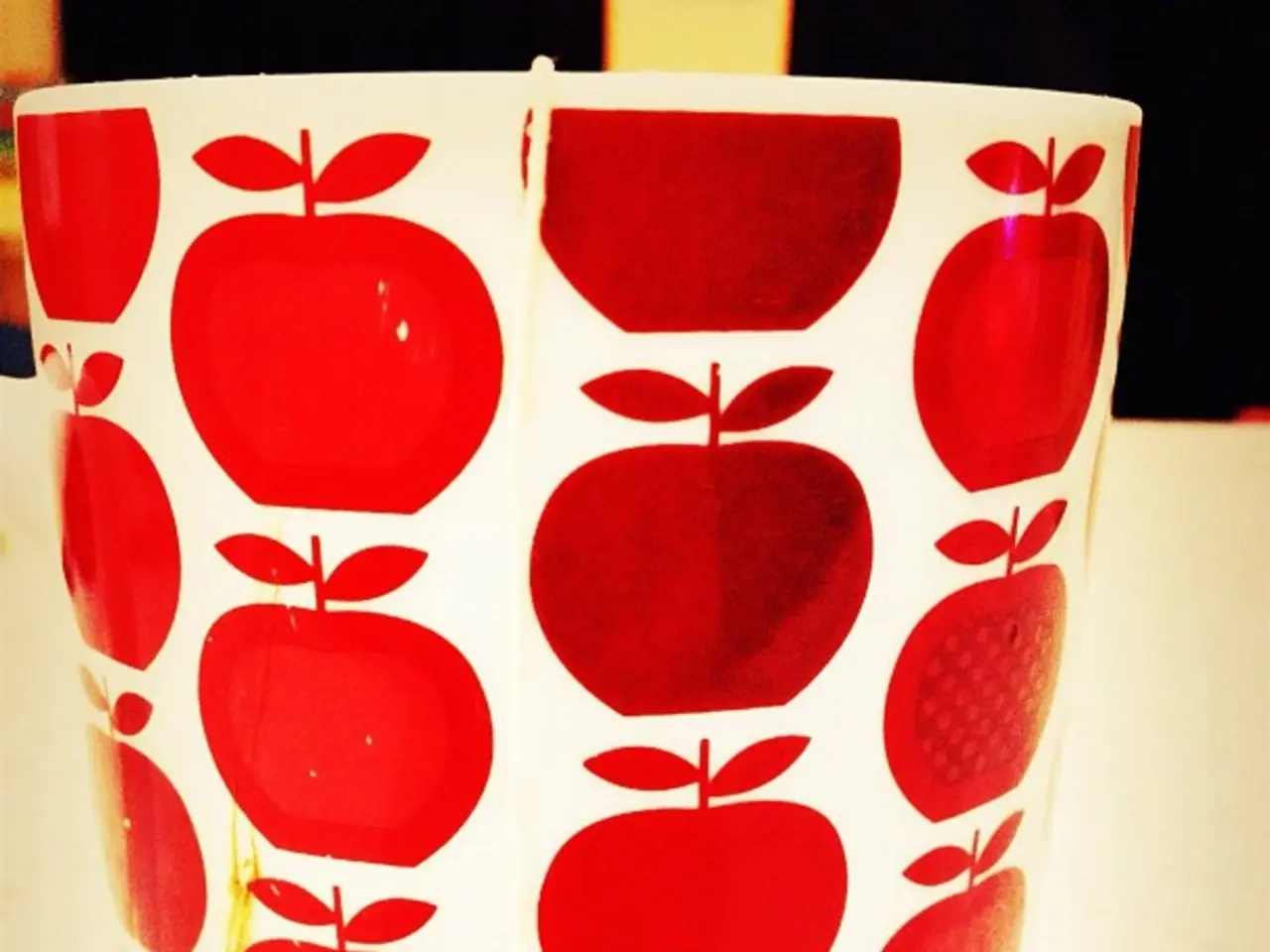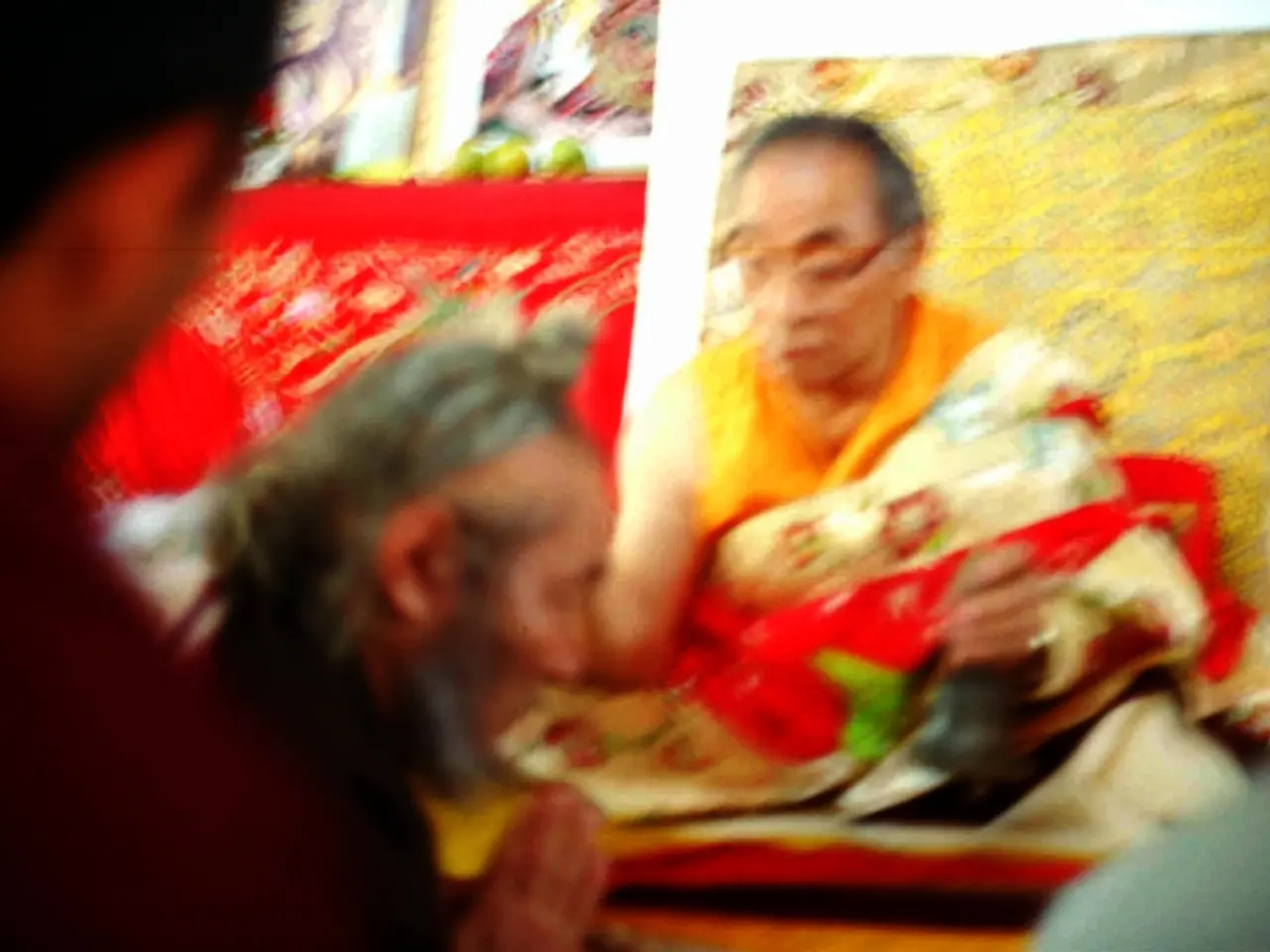Unconventional Cocoa Research: Exploring Water Repellency in Cocoa Beans
In a fun and engaging learning experience, children can delve into the world of chemistry and materials science by conducting a simple cocoa powder experiment. This hands-on activity, aimed at K-5 grade students, showcases the water-repelling properties of cocoa powder and provides valuable insights into hydrophobicity and surface tension.
**Materials Needed:** - Cocoa powder (hydrophobic) - Water - A clear container or plate - A spoon or dropper - Optional: soap or detergent
**Procedure:**
1. Evenly sprinkle cocoa powder over the surface of still water in the container. 2. Observe as the cocoa powder floats on top of the water, demonstrating its hydrophobic nature. 3. Introduce a small amount of soap or detergent into the water and notice how the cocoa powder disperses or sinks after adding soap, as the soap reduces water’s surface tension and interacts with the hydrophobic particles.
**Concepts Explored:** - The experiment demonstrates the hydrophobic nature of cocoa powder, where the particles repel water and prefer to stay separate. - It also illustrates the surface tension of water, which normally holds particles on the surface. - Adding soap breaks the surface tension, allowing water to penetrate and mix with the powder.
This experiment is a powerful tool in teaching students about material surface properties and the concept of hydrophobicity, while showcasing how surface tension works in liquids.
**Summary Table**
| Step | Observation | Scientific Concept | |--------------------|------------------------------------------------|----------------------------| | Cocoa powder on water surface | Powder floats, does not dissolve or sink | Hydrophobic nature of cocoa powder | | Addition of soap | Cocoa powder disperses or sinks | Soap reduces water surface tension and disrupts hydrophobic interactions |
The experiment is safe, easy to perform, and visually effective for learners. For further exploration, consider related science activities such as the "Water Strider STEM Challenge," which extends the idea of surface tension by showcasing real-life creatures that utilise it to their advantage.
[1] Best Science Practices, Science Vocabulary, 8 Science Books for Kids, All About Scientists, Free Science Worksheets, Science Supplies List, Science Tools for Kids, and Printable Science Projects For Kids are all helpful resources for introducing science to kids. [5] The Science Project Pack offers over 300+ pages and 90 projects, plus exclusive worksheets and bonuses like a STEAM Project pack. [6] Unlike sugar or salt, cocoa powder floats because its tiny particles hold air, preventing it from mixing quickly. [7] Some plants, like the lotus leaf, have hydrophobic surfaces that repel water, similar to cocoa powder. [8] Ducks use oils on their feathers to stay dry, demonstrating real-world connections to hydrophobic materials. [9] Using hydrophobic coatings, scientists create waterproof materials like raincoats and water-resistant phone screens.
- children can enhance their engineering skills by designing and building hands-on projects related to the world of science and technology, like art projects using slime with printables.
- This STEM-focused activity is an excellent way for kids to learn about chemistry and materials science through play and experimentation, fostering an appreciation for science in their lifestyle and education-and-self-development.
- They could study the hydrophobic properties of materials like cocoa powder in various activities, such as observing how it reacts with water and exploring its unique behavior.
- By conducting hands-on experiments, kids can deep dive into understanding the science behind hydrophobicity, art, and even real-world applications like waterproof technology.
- For example, they can design art projects that incorporate hydrophobic materials, like painting with watercolor on a hydrophobic substrate to create interesting effects.
- This hands-on approach to learning encourages kids to embrace innovation and creativity in exploring the world of science and technology.
- Additionally, kids can participate in scientific activities that demonstrate the principles of hydrophobicity, like observing how rubber duckies float on water andronichoron on a hydrophobic surface.
- By combining science, art, and play in engaging activities, kids can develop a deeper understanding of various scientific concepts while having fun and honing their critical thinking and problem-solving skills.




